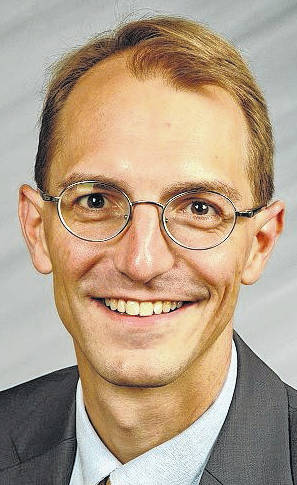
“It can hardly be argued that either students or teachers shed their constitutional rights to freedom of speech or expression at the schoolhouse gate.”
— Justice Abe Fortas
Tinker v. Des Moines, 1969
“The constitutional rights of students in public school are not automatically coextensive with the rights of adults in other settings.”
— Chief Justice John Roberts
Morse v. Frederick, 2007
There are few opportunities for a parent to embarrass their child quite as rich as the one that presents itself when the parent has the chance to appear at their child’s school, in front of their child’s classmates. But that’s just the opportunity I had earlier this month when one of my son’s teachers contacted me to ask if I would join the class via Zoom for a discussion about American Constitutional law.
The class had been studying the Bill of Rights and asked if I would come and answer some of their questions. And they had lots of great questions. From trial rights to locker searches, free speech to cell phones, Constitutional history to appellate procedures, they were well-informed, curious and engaged. I often feel like people expect juvenile court judges to be cynical about kids, but I consistently find the youth of Delaware County to be incredibly impressive.
It was fitting that the conversation we had took place over Zoom, since so much communication among kids of middle and high school age — even before the pandemic — happens via electronic communication. Texts, Tweets, Snapchat messages, Discord servers, Instagram, and others have become the primary means of communication.
The increase in electronic communication has opened a new frontier in a very narrow area of law — the free speech rights of school children. The issue has been considered by our nation’s Supreme Court fewer than half-a-dozen times in the country’s history. But that number is about to go up by one.
The High Court first considered the issue of free speech in a school setting in 1943 when it held that students who had a religious objection to saying the Pledge of Allegiance could not be forced to do so in a public school. Then, in 1969, the court held that student speech was protected but subject to reasonable limitations to prevent “substantial disruption” of the school setting.
Justice Fortas’ “schoolhouse gate” rule was tested just a bit more than a decade ago in a case that involved students at a public rally away from school. The event was during school hours, across the street from the school, and sanctioned and supervised by school employees. During the event, a student unfurled a banner that read, “Bong Hits 4 Jesus.” He was suspended by the principal, and his suspension was eventually upheld by the Supreme Court, which concluded that even though he was not at school at the time, he was at a school event and thus the less strict “school speech” standard applied.
Now, the “schoolhouse gate” concept is being tested by emerging technology. In the case the Supreme Court agreed to hear this term, Mahanoy Area School District v. B.L., a frustrated student, B.L., took to Snapchat to say, “**** school, **** softball, **** cheer, **** everything.” (You can certainly guess what the censored words are.) She was not at school, not at a school event, and it was after school hours. The snap was accompanied by a photo of B.L. and a friend with their middle fingers raised. Another student took a screenshot of the snap and showed it to a cheerleading coach. B.L. was suspended from cheerleading for a full year.
After the school board upheld the suspension, B.L.’s parents sued. The federal district court concluded that the speech was not made in any school setting, and so the more restrictive rules governing school speech didn’t apply. The Third Circuit Court of Appeals upheld the ruling in favor of the student, stating, ‘B.L.’s snap was crude, rude, and juvenile, just as we might expect of an adolescent.’ But the federal appeals court agreed that the speech happened off campus, did not disrupt school, and was not threatening toward the school, thus was protected First Amendment speech.
The Supreme Court agreed to take the case in January and will hear oral arguments on April 28. The court could use the case to expand the school speech doctrine to govern school-related speech occurring off campus. It could try to find a middle ground that governs speech made off campus but that disrupts school when it enters the school setting, as it did here. Or, it could uphold the lower court decision and rule that schools can’t control students when those students aren’t in school. Given the late date of the oral argument, a decision in this case isn’t likely until June.
My sincere thanks to Mr. Brockett and his fellow teachers, Principal Dan Bartha, and the eighth grade students at Dempsey Middle School for inviting me to join them and for asking such excellent questions.


